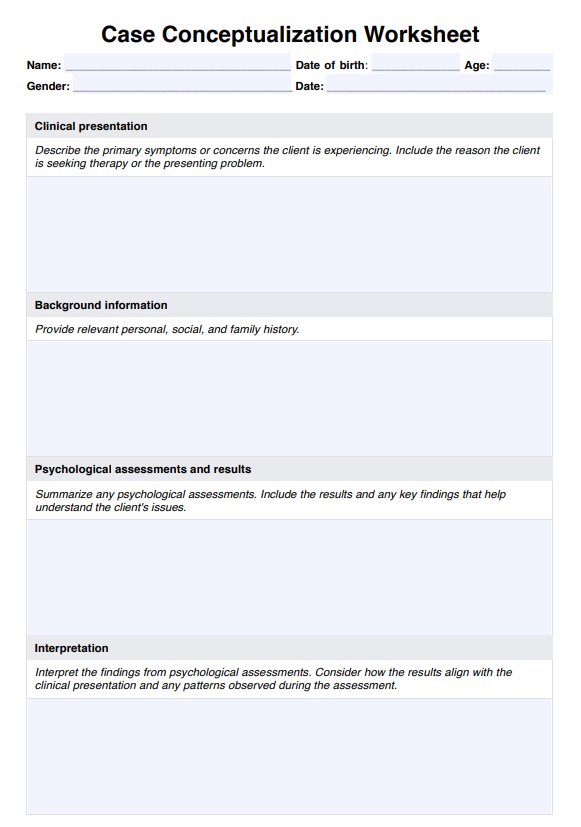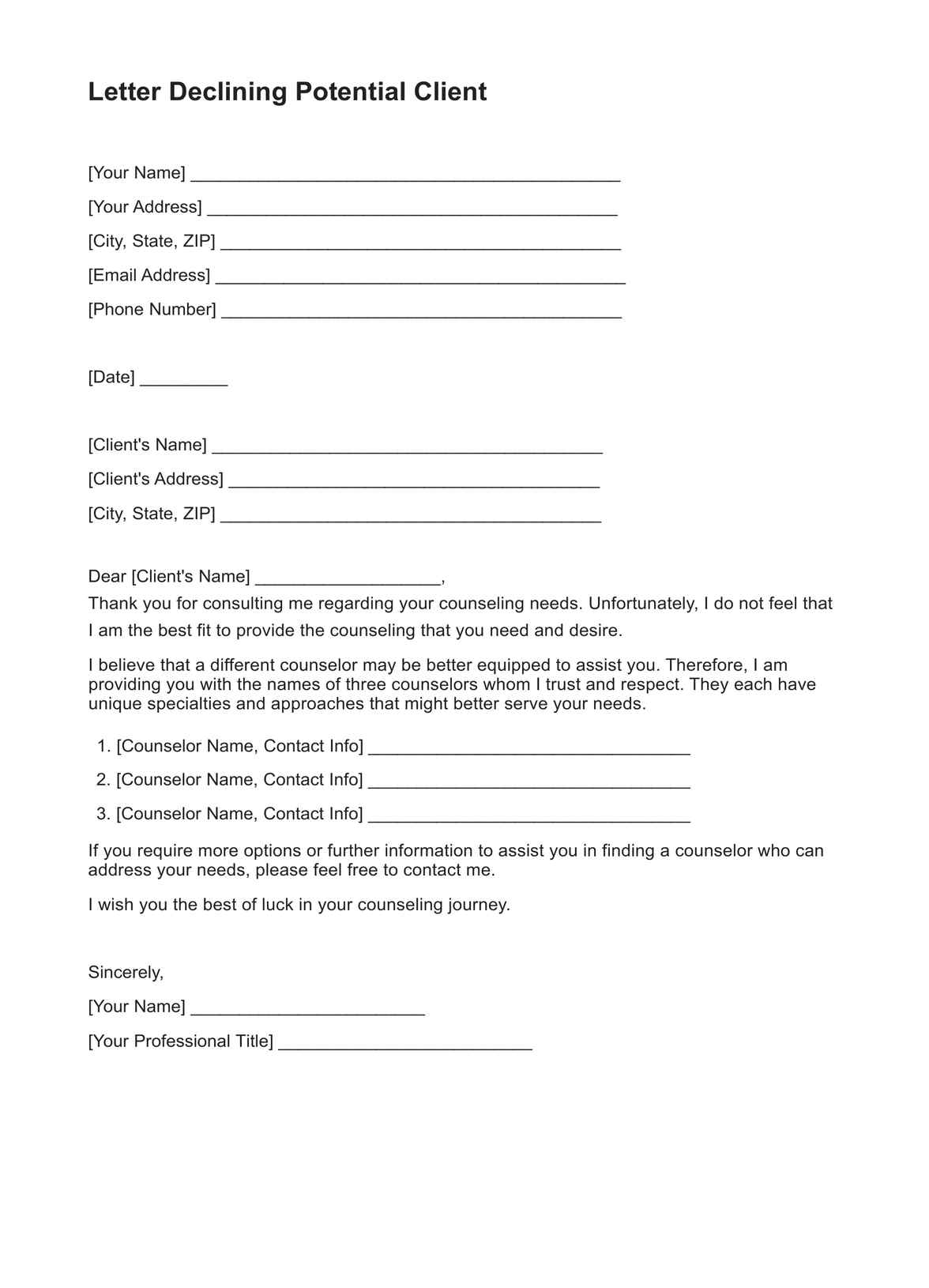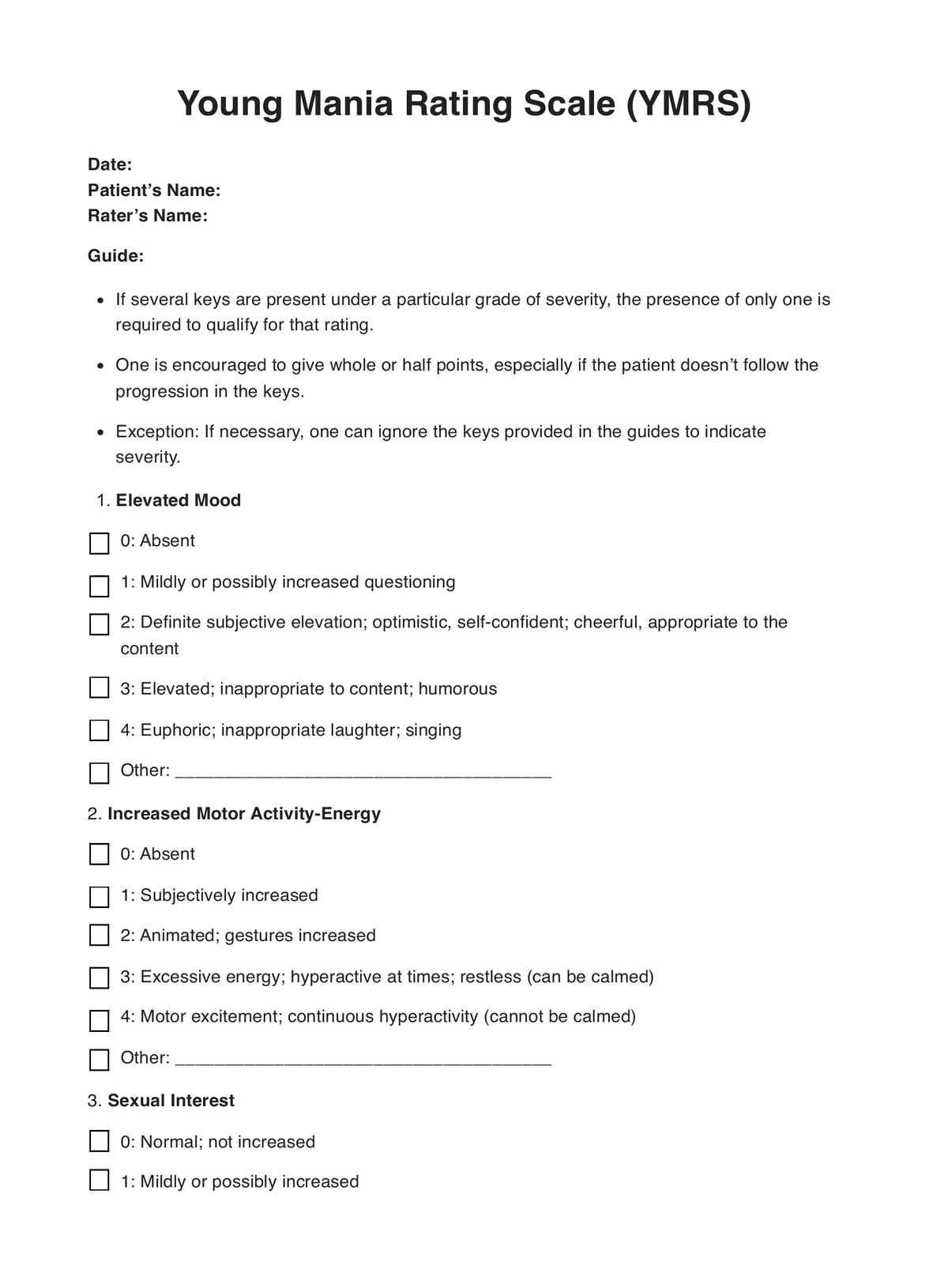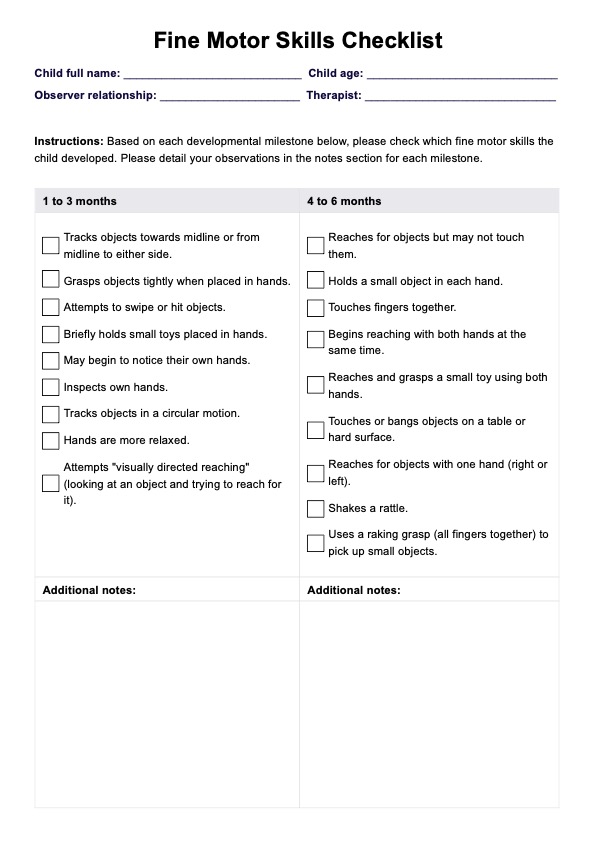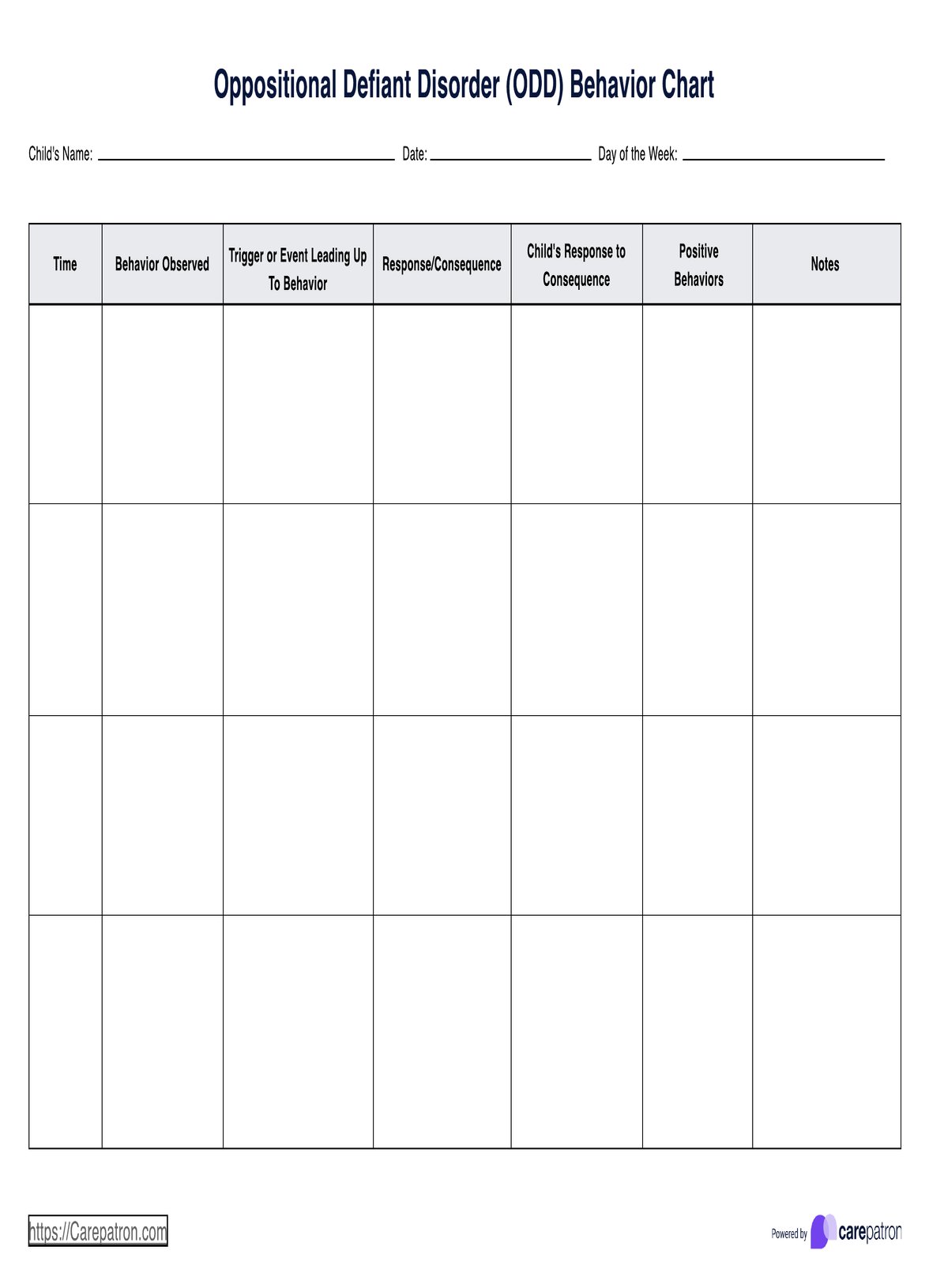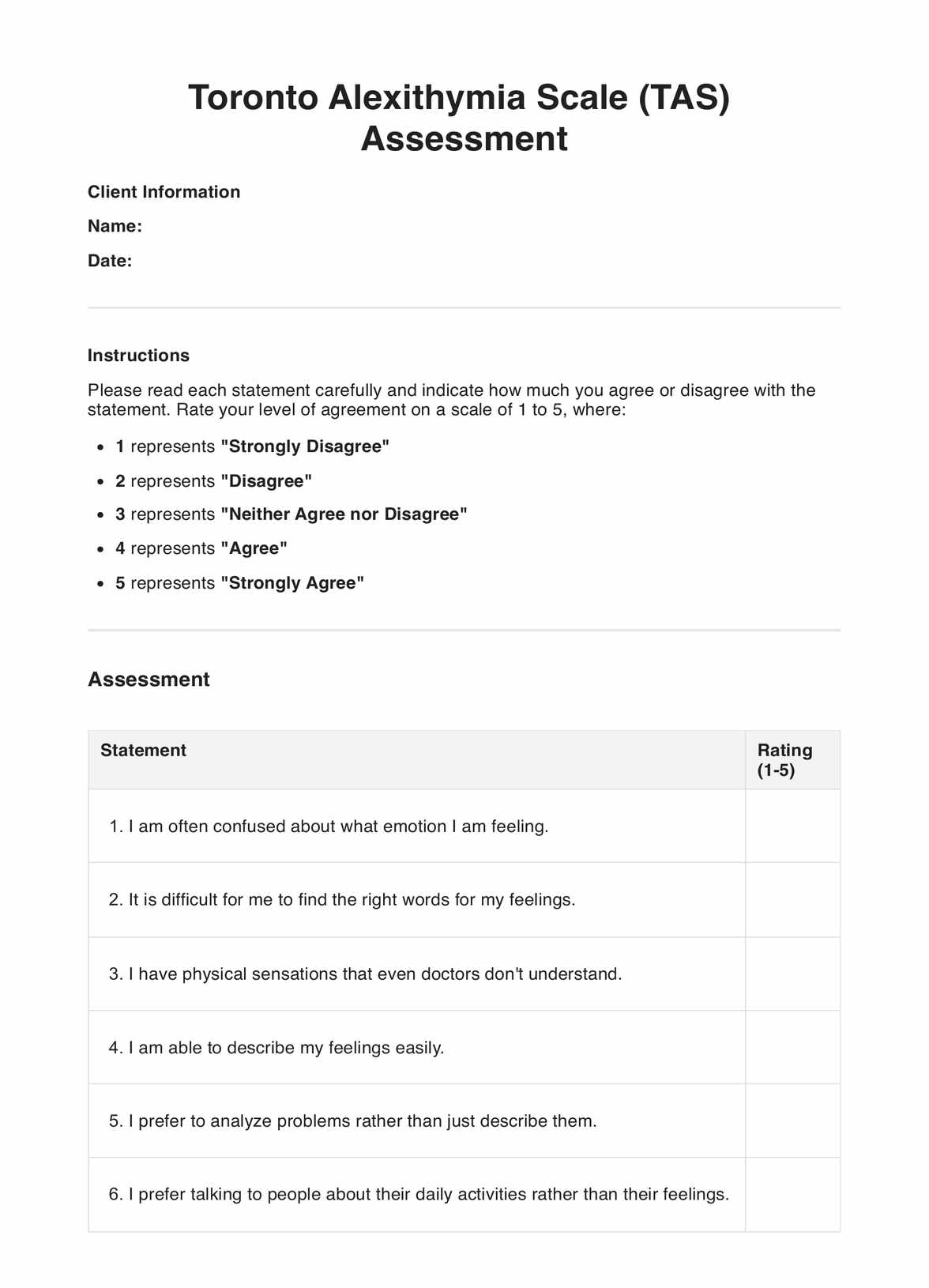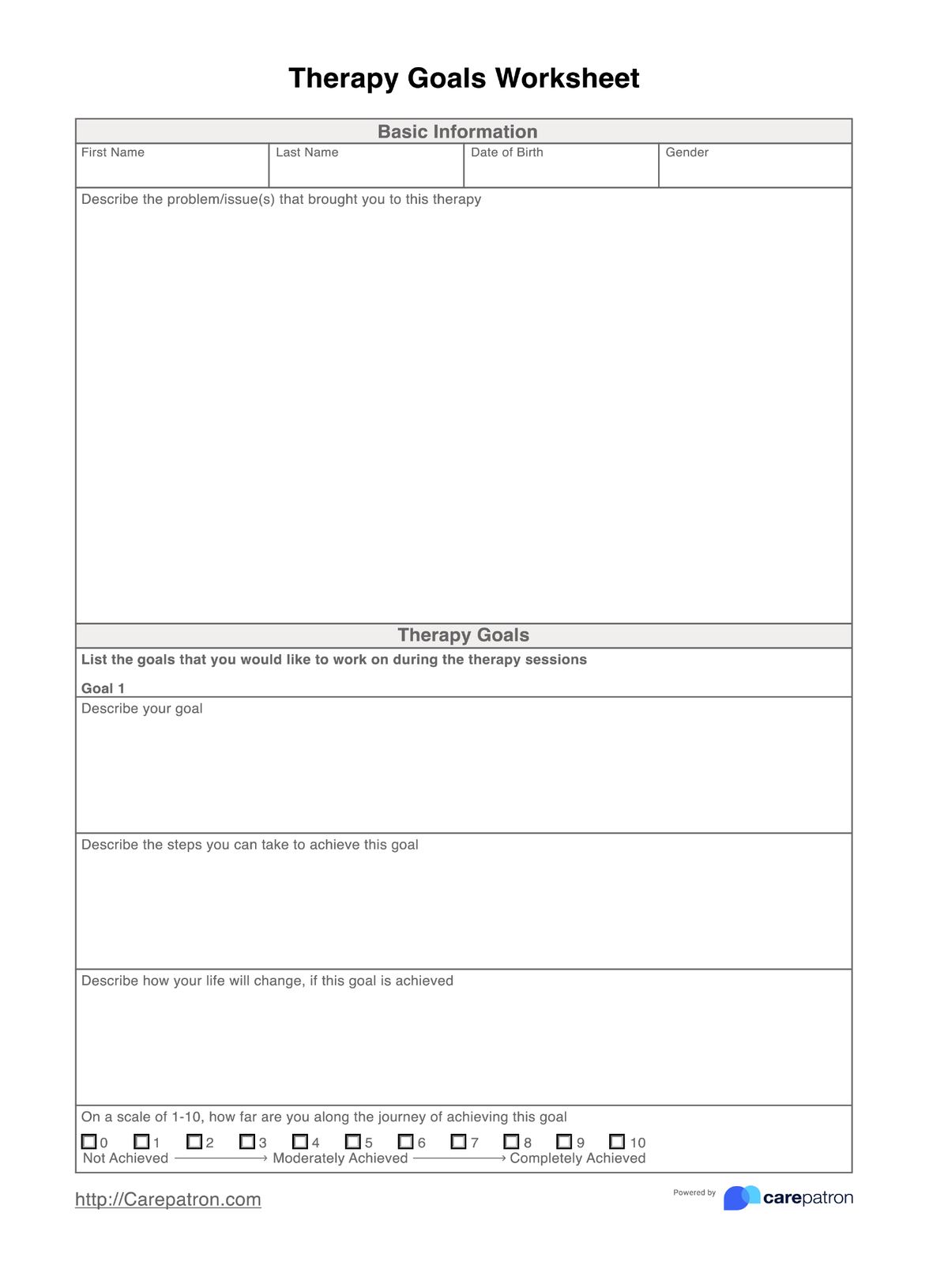My Intrusive Thought Patterns PTSD Worksheet
Help one’s journey towards mental well-being with the My Intrusive Thought Patterns PTSD Worksheet. Learn how to integrate this into your treatment plans today!


What is Trauma and PTSD?
Trauma is the emotional and psychological response to distressing events that overwhelm a person's coping ability. It can result from various experiences, including accidents, violence, or natural disasters. , or Post-Traumatic Stress Disorder, is a mental health condition that develops after exposure to trauma. It encompasses symptoms like intrusive thoughts, nightmares, avoidance, negative mood changes, and heightened arousal, often persisting for an extended period.
Intrusive thoughts are a prominent feature of PTSD. They are distressing, repetitive, and involuntary recollections of traumatic events. These thoughts are vivid and provoke intense emotions, such as fear or guilt. Individuals with PTSD may go to great lengths to avoid situations or stimuli that trigger these thoughts, which can lead to social isolation.
Effective coping strategies, such as mindfulness, cognitive reframing, or therapy, can help manage intrusive thoughts. Understanding that intrusive thoughts are a common symptom of PTSD is crucial, as it encourages seeking professional support for treatment and healing. In the journey to recovery, addressing these intrusive thoughts is vital to regain control over one's mental and emotional well-being.
My Intrusive Thought Patterns PTSD Worksheet Template
My Intrusive Thought Patterns PTSD Worksheet Example
How to use the My Intrusive Thought Patterns PTSD Worksheet:
The My Intrusive Thought Patterns PTSD Worksheet provides a structured approach to identifying, challenging, and coping with intrusive thoughts related to traumatic experiences. Here's how to effectively use this worksheet:
Step 1: Obtain the Template
Get your patient access to the My Intrusive Thought Patterns PTSD Worksheet. It can be printed out or answered as a digital version for easy accessibility.
Step 2: Identify a Recent Intrusive Thought
Encourage your patient to reflect on a recent intrusive thought associated with their trauma. Ask them to briefly describe the thought, including the emotions it triggered and its distress level on a scale from 1 to 10. This step helps establish a starting point for their self-reflection.
Step 3: Recognize Cognitive Distortions
Guide your patient to identify any cognitive distortions associated with the intrusive thought. Common distortions may include catastrophizing, all-or-nothing thinking, or overgeneralization. Explaining these concepts can aid in their understanding of how their mind may exaggerate or misinterpret the thought.
Step 4: Reframe the Thought
Assist your patient in challenging the validity of their intrusive thought. Encourage them to examine whether it is based on concrete evidence or unfounded assumptions. Together, work on rewriting the thought more rationally and rationally to reduce its emotional impact.
Step 5: Identify Triggers and Patterns
Guide your patient to list common situations or triggers that lead to intrusive thoughts. Encourage them to note any recurring themes or categories among these triggers. Recognizing these patterns can empower them to anticipate and effectively manage potential triggers.
Step 6: Choose Coping Strategies
Help your patient select a coping strategy from the provided list. Options may include mindfulness exercises, positive affirmations, relaxation techniques, or others that suit their preferences. Collaboratively develop a plan for implementing this chosen strategy into their daily life to manage intrusive thoughts as they arise.
When would you use this My Intrusive Thought Patterns PTSD Worksheet?
Individuals with PTSD: People dealing with PTSD can use this worksheet as a self-help resource. It is particularly beneficial when intrusive thoughts become overwhelming or disruptive to daily life. It assists in understanding and challenging these thoughts, empowering individuals to regain control over their mental and emotional well-being.
Therapists and Counselors: Mental health professionals can utilize this worksheet as a therapeutic tool during counseling sessions. It helps therapists guide their clients in identifying thought patterns, assessing distress levels, and developing coping strategies. The worksheet fosters productive discussions and promotes effective therapeutic interventions.
Support Groups: Support groups for individuals with PTSD can incorporate this worksheet into their meetings. It encourages participants to share their experiences and coping strategies, creating a supportive environment for mutual learning and growth.
Emergency Responders and Veterans: Healthcare professionals working with emergency responders or veterans can use this worksheet to address trauma-related issues. It helps in the early recognition and management of intrusive thoughts, which are prevalent in these populations.
Educational Workshops: Educational workshops on PTSD and trauma can include this worksheet as a practical resource for attendees to understand and manage their intrusive thoughts.
You can also utilize the Cognitive Distortions Template to identify and address negative thought patterns that may be affecting your clients. The PTSD Worksheet Template helps in assessing and managing symptoms related to post-traumatic stress disorder. Additionally, the Relaxation Techniques Template provides practical strategies to reduce stress and enhance overall well-being. Combining these templates can offer a comprehensive approach to improving mental health outcomes.
What are the benefits of using this My Intrusive Thought Patterns PTSD Worksheet?
Empowerment and Healing
Active engagement with the worksheet empowers individuals to regain control over their mental and emotional states, contributing to improved mental health and a path toward healing.
Reduction in Emotional Distress
Usage leads to decreased negative emotions, improving overall well-being and quality of life.
Improved Communication with Healthcare Professionals
It is a bridge for effective communication between individuals and therapists, helping tailor treatment strategies.
Enhanced Coping Skills Over Time
Consistent practice leads to the development of strong coping skills, offering long-lasting benefits in managing intrusive thoughts.
Empowerment Through Self-Help
The free My Intrusive Thought Patterns PTSD Worksheet helps individuals take a proactive role in their mental health journey, fostering a sense of control and resilience.
Commonly asked questions
The time to complete the worksheet can vary depending on individual factors, such as the complexity of intrusive thoughts and the depth of reflection. Typically, it may take 15 to 30 minutes to complete, but some may require more or less time.
It can help individuals gain insights into their intrusive thoughts, challenge cognitive distortions, and develop coping strategies to manage these thoughts effectively, leading to improved mental well-being.
The worksheet is best used when intrusive thoughts become distressing, disruptive, or overwhelming. It's a valuable tool for managing and understanding these thoughts during heightened anxiety or emotional turmoil.
It can be used by individuals struggling with Post-Traumatic Stress Disorder (PTSD) as a self-help tool. It can also be employed by therapists, counselors, support groups, and healthcare professionals to assist clients in addressing intrusive thoughts associated with PTSD.


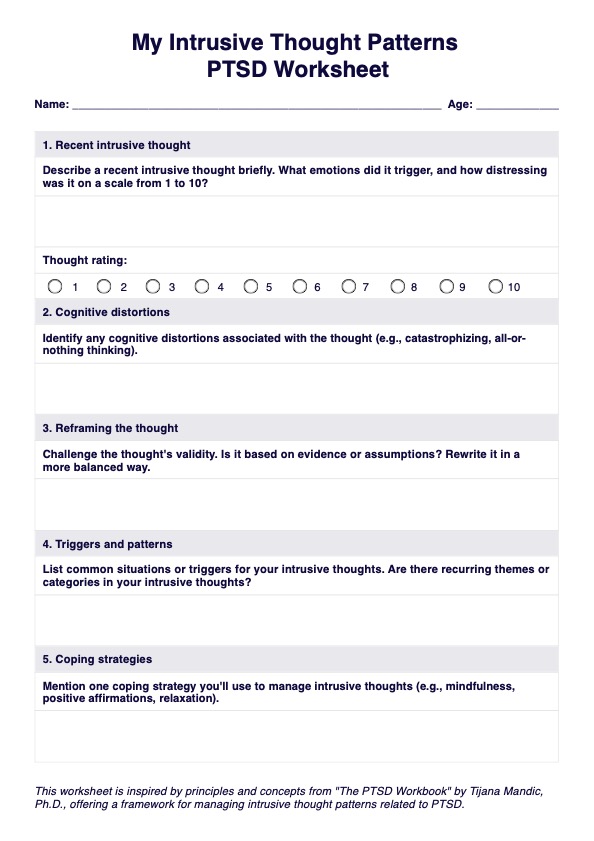
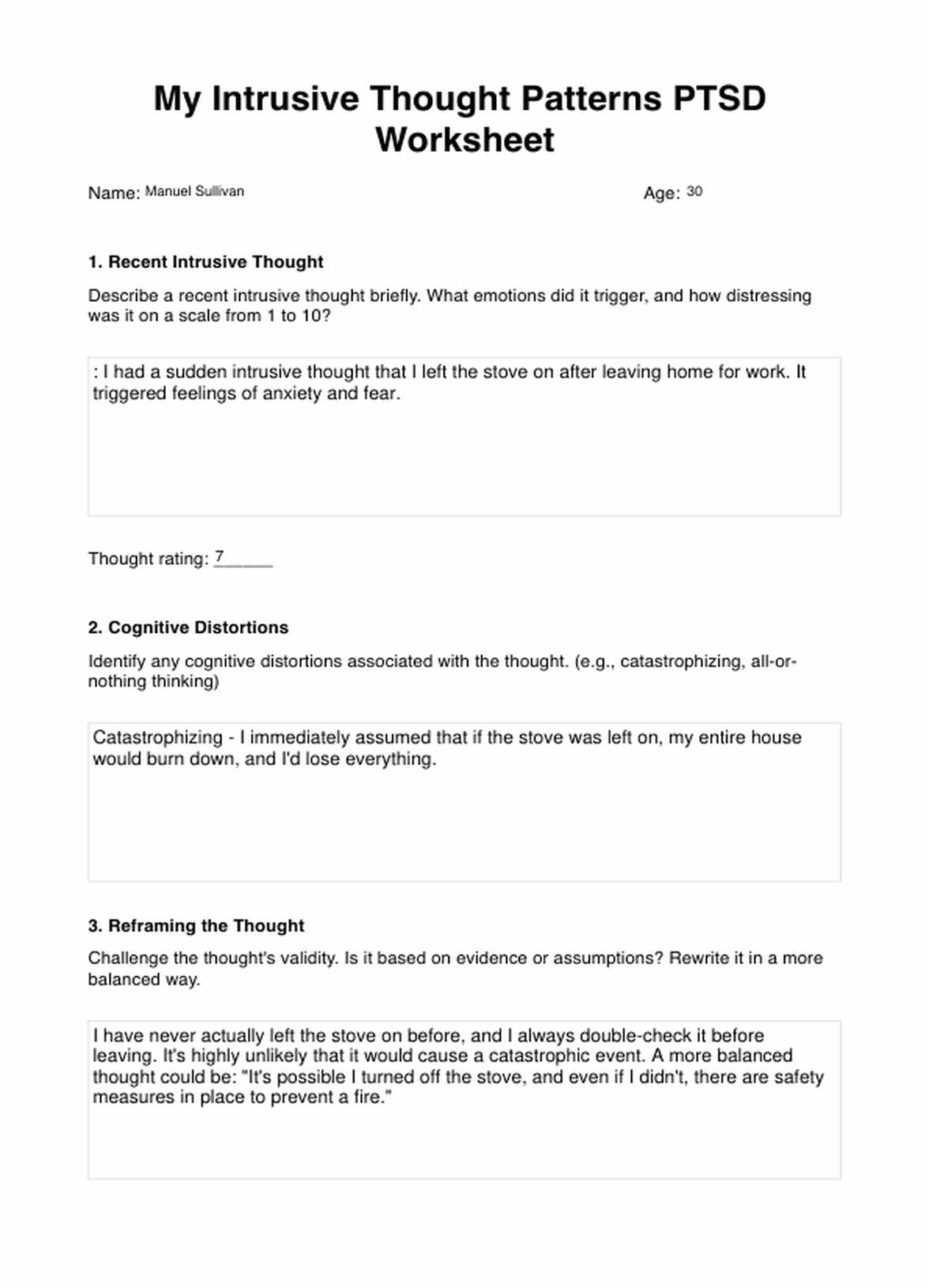
















-template.jpg)




















































































